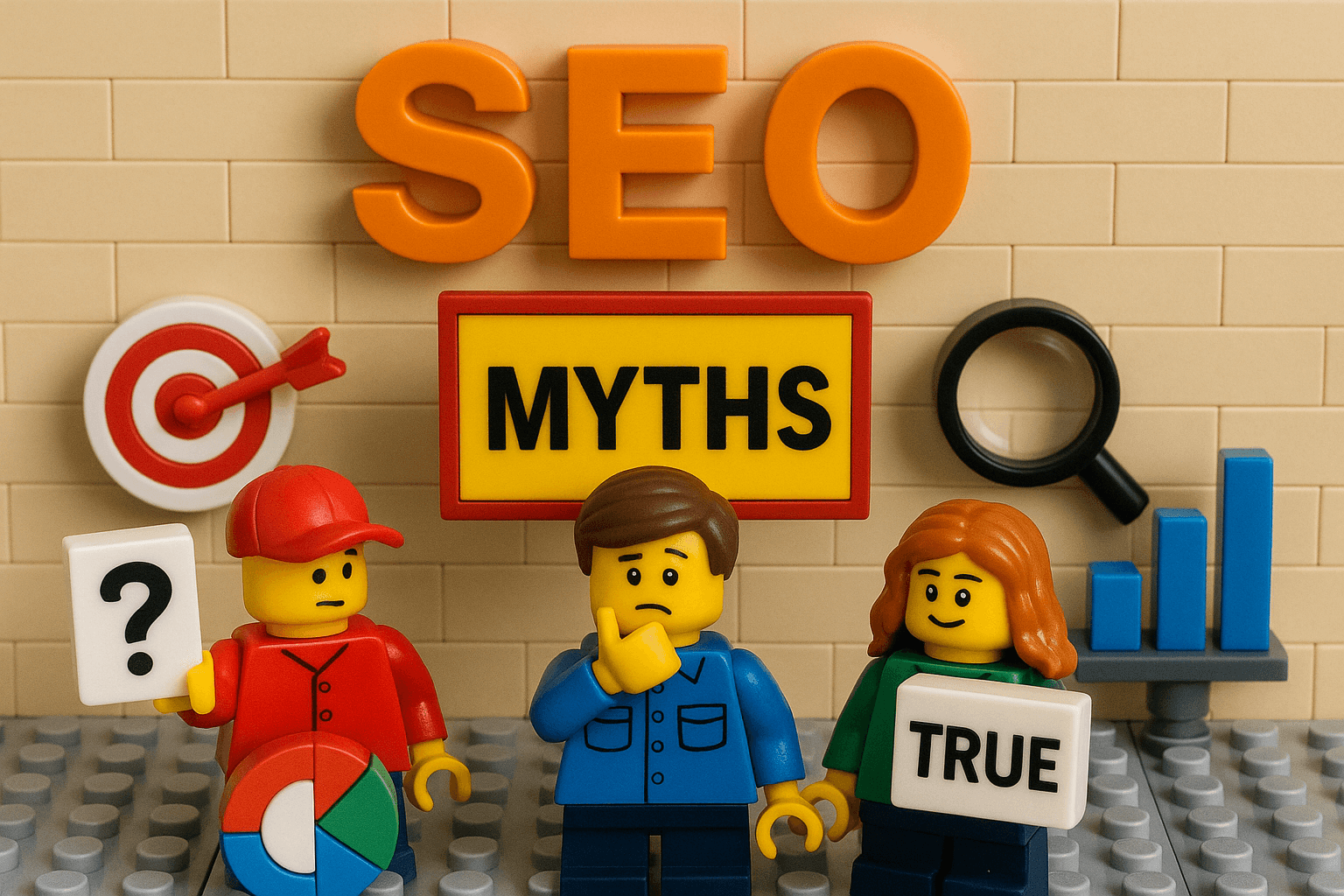Most departments face some form or ridicule in the business world, whether its the IT department being teased with ‘have you tried turning it off and on again?’, or the fact that Accounts struggle to shake their dull bean-counter stereotype. Marketing however can face its fair share of cynicism from other departments, especially in more traditional businesses.
Whilst most competent leaders see marketing as a growth lever, many sadly still see the department as arts and crafts. And something that is rarely acknowledged, is that marketing can also play a crucial role in risk-reduction, lowering volatility, preventing waste, and protecting the business across legal, financial, operational, and reputational fronts.
Inspired by the recent Marketing Week piece by Jon Lombardo and Peter Weinberg, this article sets out the practical ways marketing reduces risk and how to socialise that value with your CFO.
1) Reputation governance
Consistent, distinctive design and disciplined asset management reduce the risk of brand confusion and reputational damage. Centralising assets in a DAM, issuing clear guidelines, and auditing usage quarterly help sustain recall and recognition while preventing off-brand material from slipping into market.
2) IP protection
Registering and defending trademarks reduces infringement risk and costly disputes. Treat core marks as critical assets: file in priority classes and markets, monitor for misuse, and make usage rules easy for partners and agencies to follow.
3) Rights and licensing
Tight control over image, audio, and font rights avoids legal exposure and unexpected settlement costs. Maintain standard licence templates, track expiries, and train teams on permitted use so you never publish creative you can’t legally defend.
4) Privacy and consent
Respecting customer choices through consent management, preference centres, and sensible cookie governance reduces regulatory risk and protects trust. Regularly review third-party tags, retention policies, and DSAR/SAR processes to keep your house in order.
5) Data integrity
Clean data reduces decision risk. A simple taxonomy for UTMs and naming, routine QA, and a single source-of-truth dashboard prevent misattribution, bad bets, and arguments about “what the numbers say”. Here is our blog on mastering GA4 basics that will ensure your data is robust.
6) Pipeline leakage
Structured lead routing, real-time alerts, and clear SLAs reduce revenue risk from slow or missed follow-ups. Give every lead an accountable owner, surface exceptions quickly, and review leakage weekly to keep momentum between marketing and sales.
7) Conversion risk
Conversion rate optimisation and thoughtful nurturing reduce the chance that interest stalls. Remove unnecessary form fields, clarify value props, and tailor journeys to intent so more prospects progress to demo, trial, or proposal.
8) Wasted ad spend
Invalid-traffic filters, negative lists, and sensible frequency caps reduce budget waste. Combine these hygiene measures with incrementality testing so spend is biased towards channels and audiences that add true lift.
9) Churn risk
Strong onboarding and lifecycle communications reduce volatility in revenue and support load. Help customers reach first value quickly, educate proactively, and trigger timely nudges around adoption moments that matter.
10) Pricing risk
Brand strength lowers discounting pressure and protects margin. By building memory and preference before the sale, marketing improves price realisation and gives sales confidence to hold the line.
11) Forecast volatility
Maintaining mental availability and keeping ESOV (excess share of voice) positive stabilise demand over time. Consistent reach, evergreen assets, and steady PR or SERP presence reduce lumps in the pipeline that make forecasting hard. In this article we debunk some surprising SEO myths.
12) Decision risk
Pre-testing, experimentation, and staged rollouts reduce the chance of scaling weak ideas. Set guardrail metrics, increase test velocity, and insist on clear effect sizes so bigger bets are genuinely earned.
13) Concentration risk
Diversifying demand across segments, channels, and category entry points reduces exposure to a handful of accounts or routes to market. Expand reach methodically and add new paths to purchase to spread dependency.
14) Sales execution risk
Enablement and clean hand-offs reduce decay between interest and opportunity. Keep battlecards current, align definitions of MQL and SQL, and make response times visible so teams can course-correct fast.
15) Continuity and vendor risk
Redundancies and access controls protect operations when people or platforms fail. Assign dual admins for critical tools, document incident playbooks, and maintain backups for essentials like email and analytics.
16) Cost risk
Regular martech audits reduce tool sprawl, under-utilisation, and surprise renewals. Track utilisation, remove overlap, and negotiate early; it’s often the simplest way to free budget for higher-return activity.
17) Regulatory risk
In regulated sectors, pre-approved copy blocks, checklists, and automated archiving reduce fines and blocked campaigns. Shorten approval cycles by agreeing standards upfront with compliance and legal.
18) Reputational crisis risk
Social listening, clear escalation paths, and trained spokespeople reduce the severity and duration of issues. Detect faster, respond sooner, and measure sentiment recovery so lessons become playbook improvements.
How to socialise this with your CFO
Translate each area into the specific risk it reduces and the cash-flow effect—lower variance, higher realisation, fewer write-offs—using 1–2 leading indicators as evidence. Review those indicators in the normal business rhythm rather than in a separate “marketing only” forum. Fund improvements first by reallocating proven waste (invalid traffic, unused tools) before requesting net-new budget.
Make it actionable this quarter
Pick the five risks with the largest financial exposure for your business and assign a single accountable owner and KPI to each. Agree the first experiment or process change, set a date to review outcomes, and report progress in your monthly business review. Small, compounding risk reductions add up to a steadier, more valuable company.





